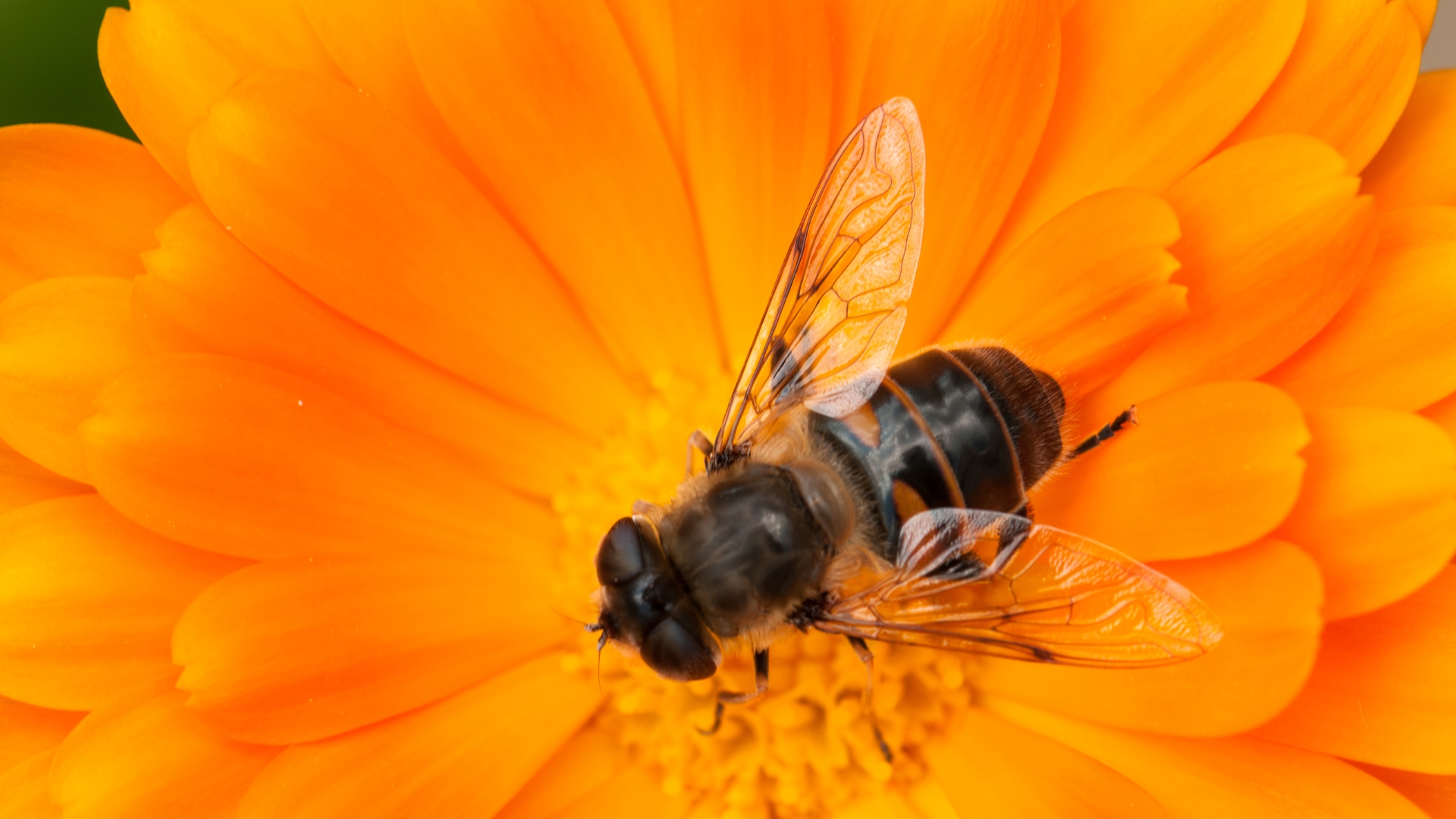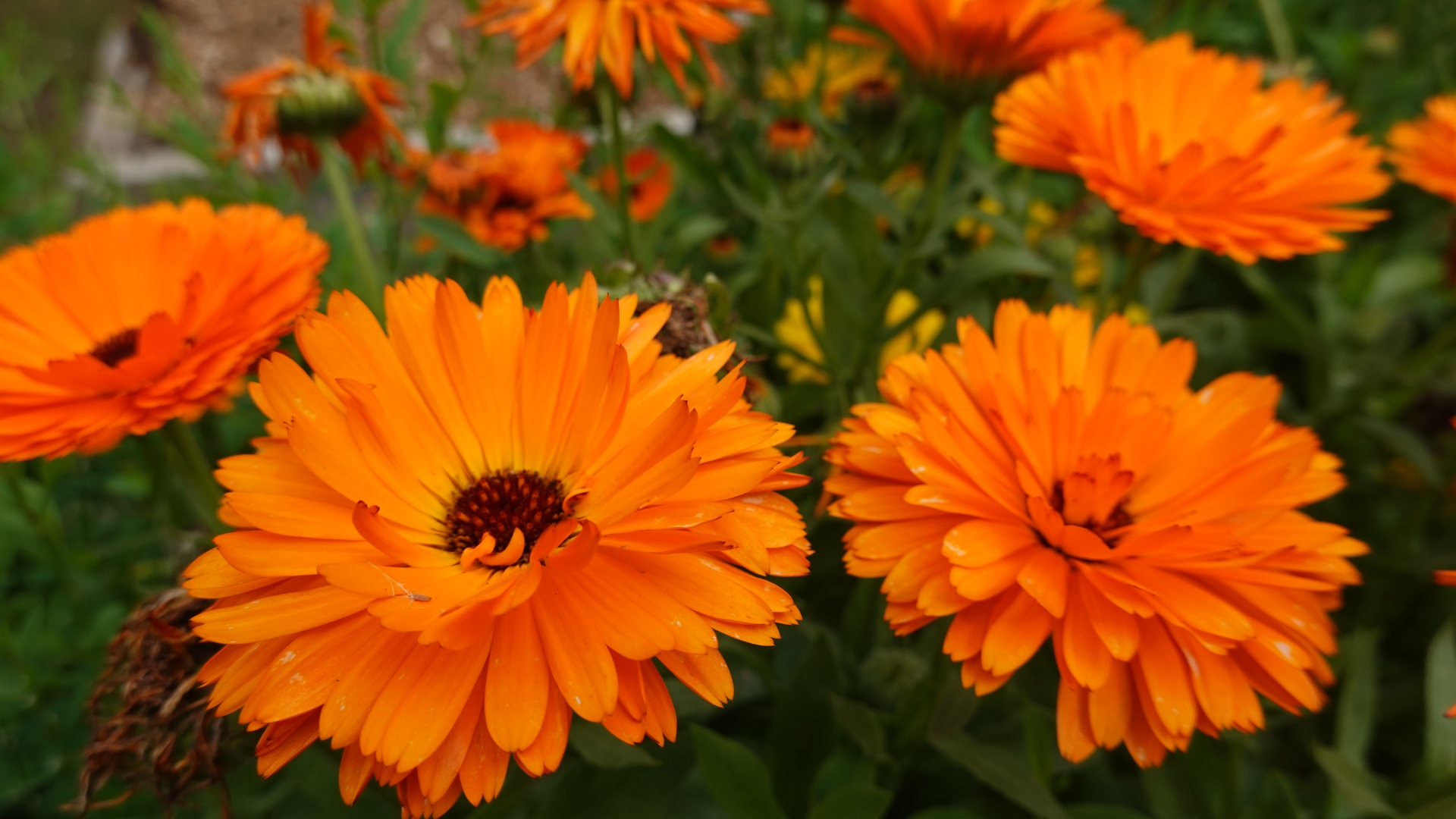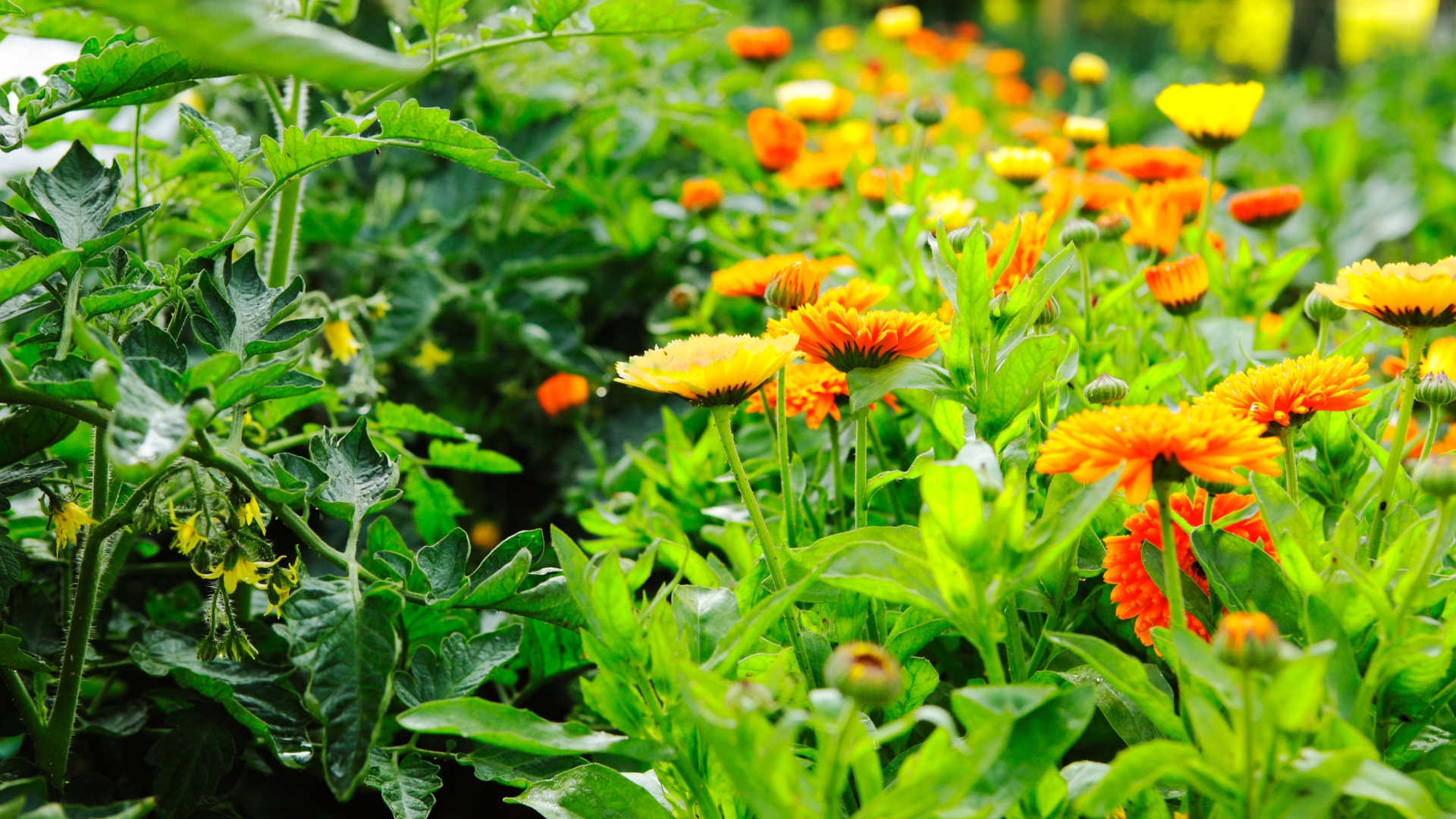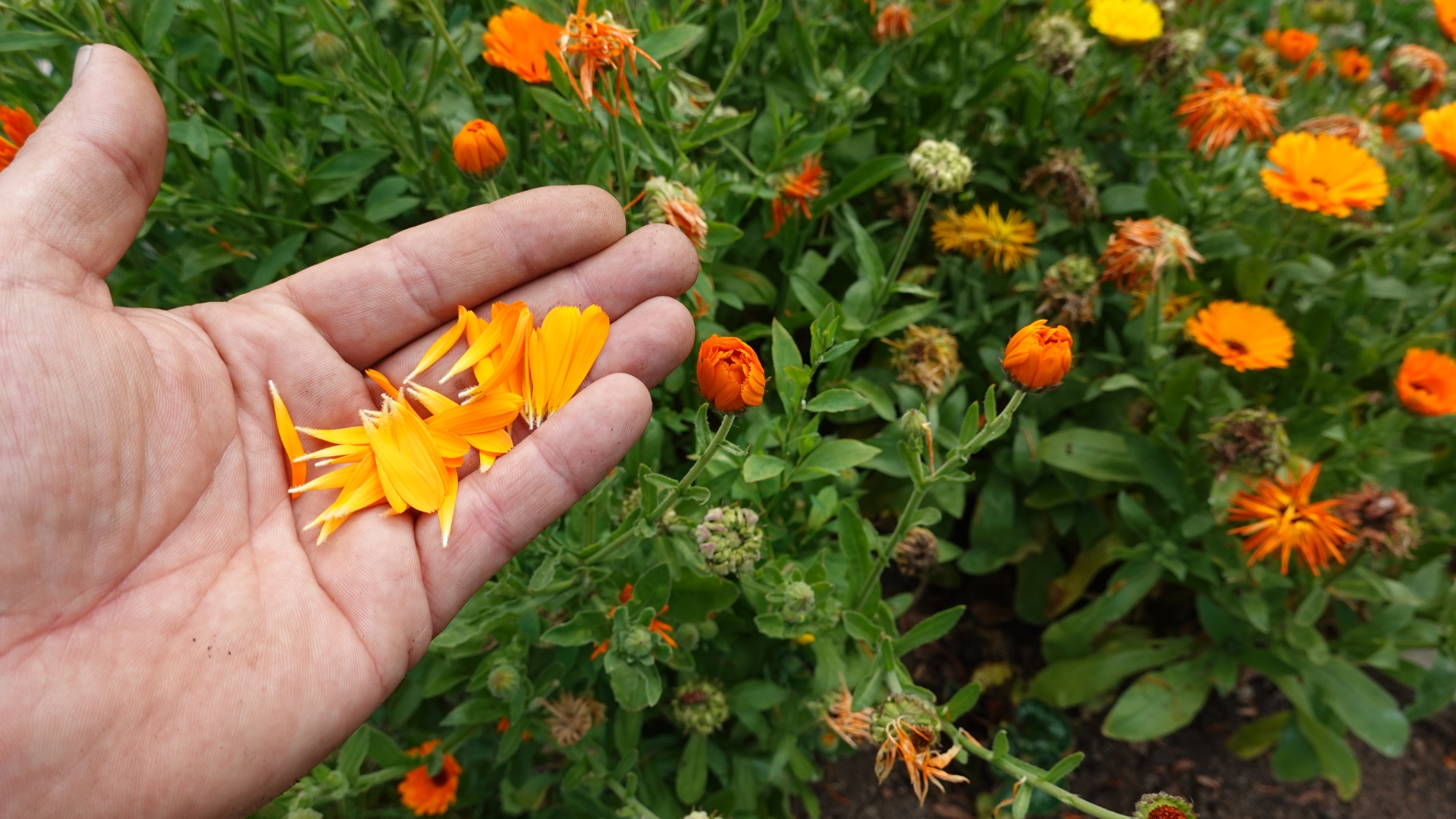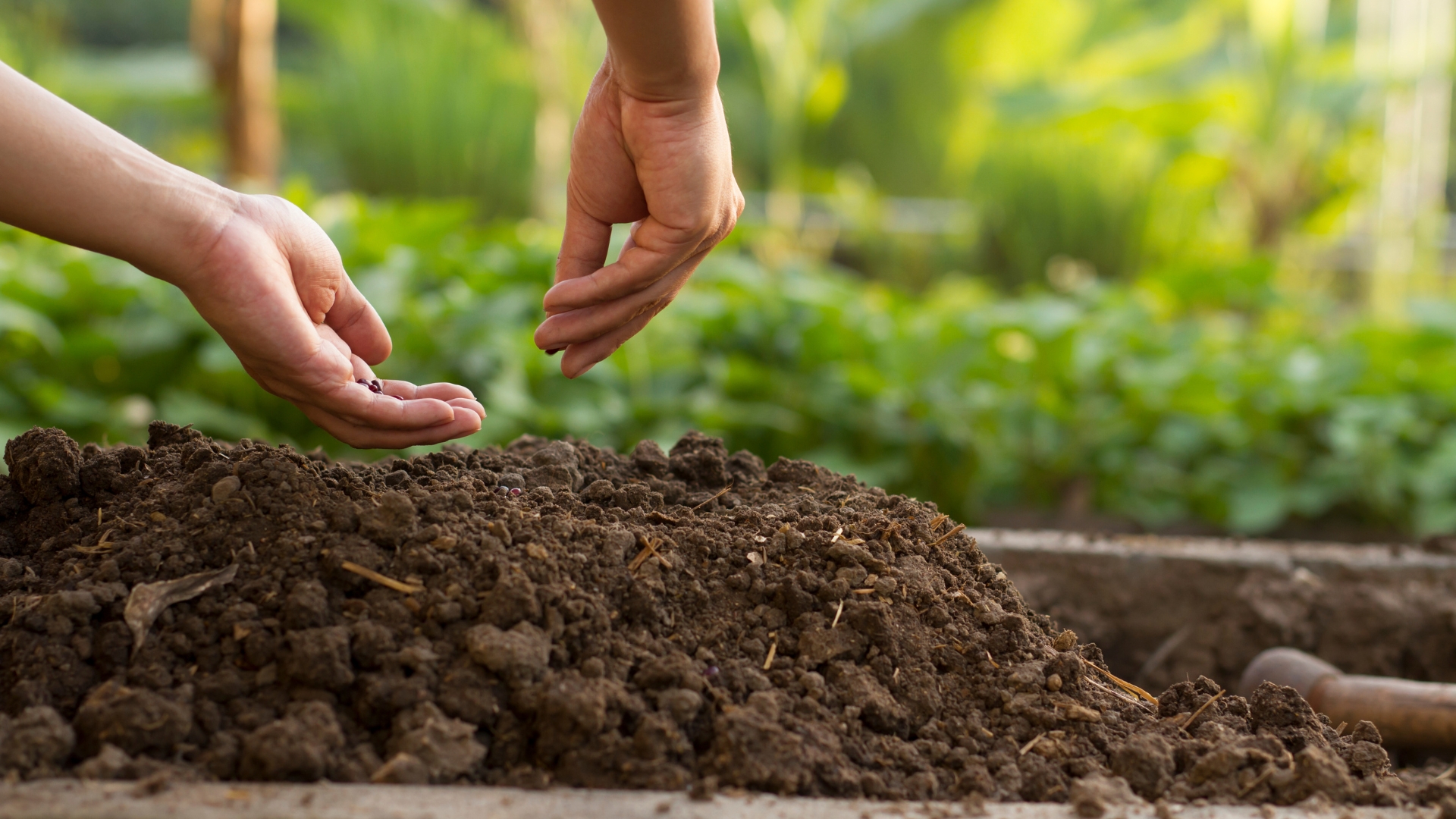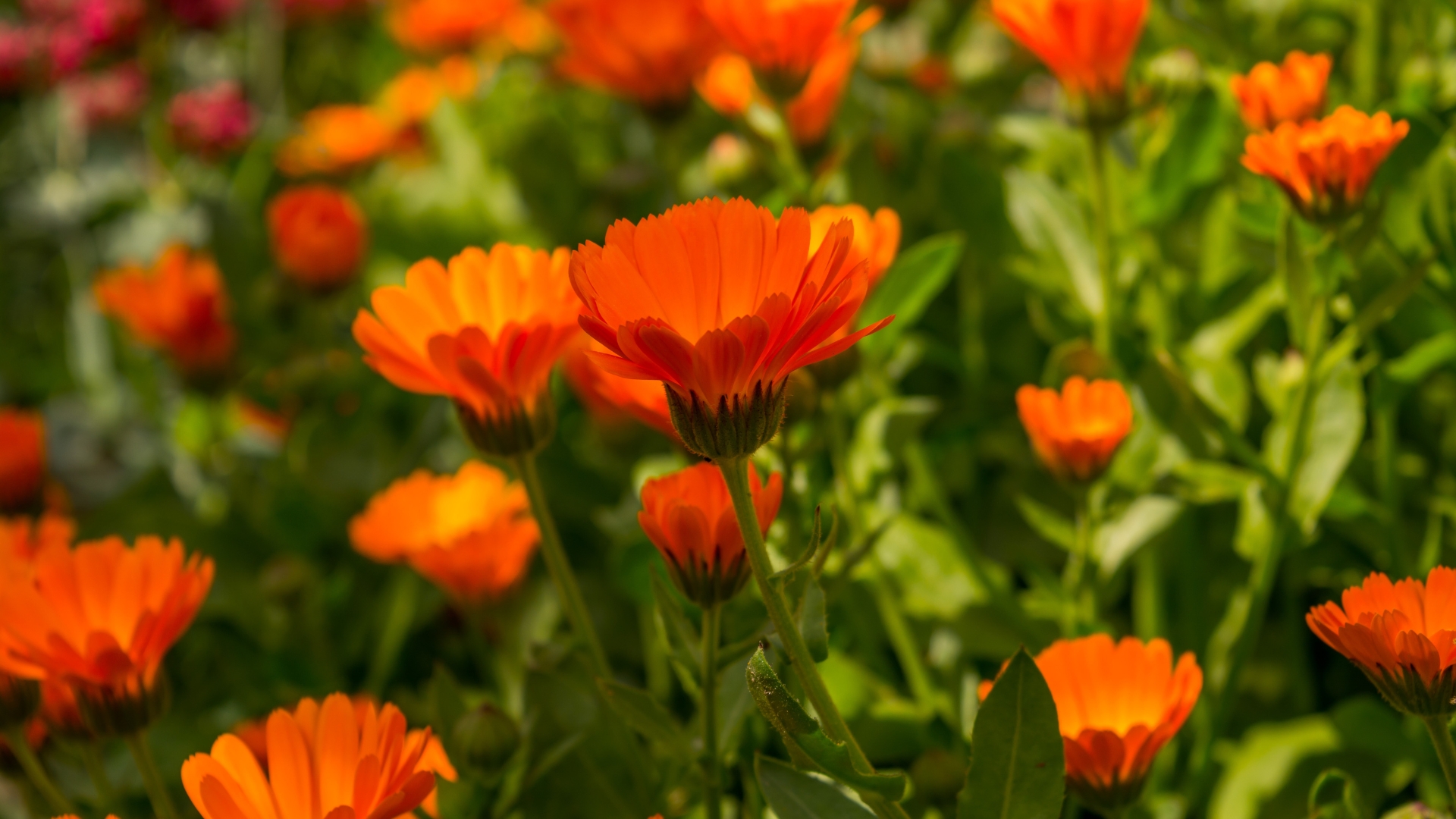I’ve always believed that a thriving garden is one that hums with life – literally. If bees, butterflies, and other pollinators aren’t making regular visits, something’s missing.
Thankfully, there’s one vibrant flower that not only adds beauty but also keeps those winged helpers coming back for more.
And the best part? You can eat it too!
Pollinators Adore The Stunning Calendula Flower!
Few flowers are as inviting as calendula, with its golden-orange petals radiating warmth in the garden. The blooms open in the morning, following the sun, and remain vibrant throughout the day.
The nectar-rich centers are a favorite among bees, butterflies, and other beneficial insects, making this flower a must-have for a lively, buzzing garden.
Bees are especially drawn to calendula’s abundant pollen and easily accessible nectar. Unlike some flowers that make pollinators work hard for a meal, calendula provides a clear landing zone and a generous reward.
Its long blooming season means a steady food source from spring through fall, keeping pollinators well-fed and your garden thriving.
But It’s Not The Only Benefit Of This Flower
Calendula isn’t just about attracting bees – it’s also a hardworking companion plant. Its strong scent helps deter common garden pests like aphids, whiteflies, and nematodes, making it a natural protector for nearby vegetables and herbs.
Many gardeners plant it alongside tomatoes, beans, and lettuce to keep unwanted insects at bay while boosting overall plant health.
Beyond pest control, calendula is a fantastic soil improver. Its deep roots help break up compacted earth, allowing better water and nutrient absorption.
As the flowers fade, spent blooms can be used as mulch or compost, returning valuable organic matter to the soil. With calendula in the garden, both plants and pollinators reap the rewards.
Harvesting And Using Calendula In The Kitchen
I’m sure you’ve been waiting for this part! Calendula’s edible petals bring a burst of color and mild, slightly peppery flavor to a variety of dishes. Fresh petals can be tossed into salads, sprinkled over soups, or used as a garnish for baked goods.
Some even stir them into rice or pasta for a natural, golden hue that makes meals look as good as they taste.
For longer storage, the petals can be dried and used in herbal teas, lending a light floral note to blends. Infused in oil, calendula adds a subtle earthiness to dressings and marinades.
With so many culinary possibilities, it’s an easy way to bring both beauty and flavor from the garden to the table.
Follow These Tips For Planting Your Calendula
Calendula thrives in a sunny location with well-draining soil. While it can tolerate partial shade, full sun encourages the most vibrant blooms and prolonged flowering.
This hardy plant isn’t too picky about soil quality, but adding compost or organic matter can give it a strong start and promote healthy growth.
To prevent overcrowding, space plants about 8 to 12 inches apart. This allows good air circulation, reducing the risk of powdery mildew and other fungal issues.
Calendula does well in garden beds, raised planters, or even containers, making it a versatile choice for gardeners with limited space.
For the best results, sow calendula seeds directly into the soil after the last frost. The seeds germinate quickly in cool weather, making early spring or early fall ideal planting times.
Those in warmer climates may find that calendula struggles in intense summer heat but flourishes again as temperatures cool.
And Here Are The Tips That’ll Make It Thrive
This amazing flower thrives with moderate watering, but soggy soil can lead to root issues.
A deep watering once or twice a week is usually enough, allowing the soil to dry slightly between sessions. In hotter months, an extra drink may be needed, especially for potted plants, which dry out faster.
A layer of mulch around the base helps retain moisture and regulate soil temperature. This is especially useful in the heat of summer, keeping the roots cool and preventing quick evaporation.
Avoid overhead watering to reduce the risk of fungal diseases – watering at the base is the best approach.
If self-seeding is part of the plan, leave a few flowers to mature and drop their seeds naturally.
Otherwise, frequent trimming encourages bushier growth and prevents the plant from getting leggy. A quick snip every few days is all it takes to keep calendula thriving.
Plant calendula, and you’ll not only enjoy a colorful display but also a thriving, pollinator-friendly garden. A little effort leads to a season full of rewards!

